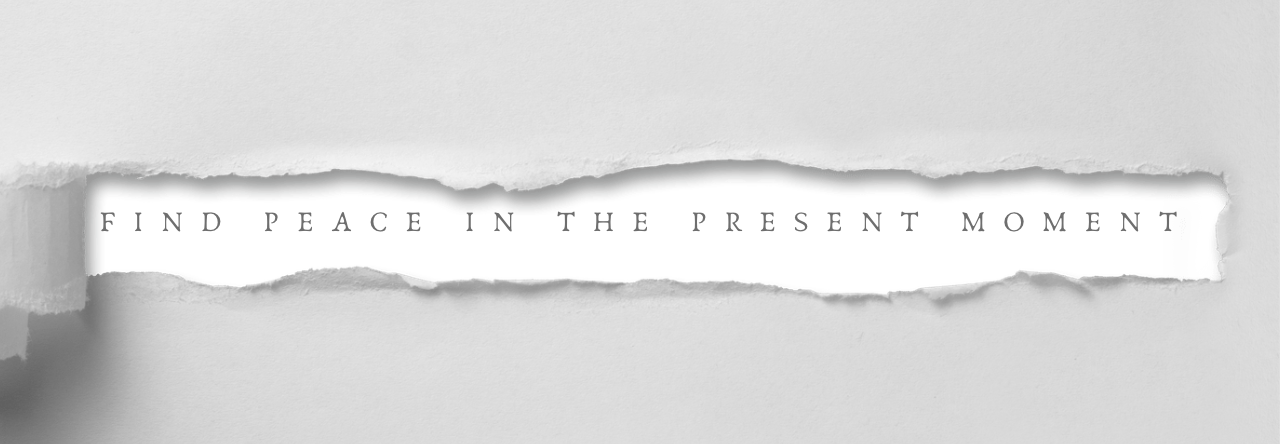Negative thinking patterns can have a significant impact on our overall well-being. They can lead to increased stress, anxiety, and even depression. While it’s normal to experience negative thoughts from time to time, dwelling on them can be detrimental to our mental health. That’s where meditation comes in! In this article, we’ll explore how meditation can help you overcome those pesky negative thinking patterns and bring more positivity into your life.

Understanding Negative Thinking Patterns
Before we delve into how meditation can help, let’s take a moment to understand negative thinking patterns. They can manifest in various ways, such as self-criticism, excessive worrying, catastrophizing, or jumping to conclusions without evidence. These patterns can be deeply ingrained and automatic, making it challenging to break free from their grip.
The Power of Mindfulness
Meditation, particularly mindfulness meditation, is a powerful tool that can assist in rewiring our thought processes. Mindfulness is all about being present in the moment, observing our thoughts without judgment. By practicing mindfulness regularly, we can develop awareness of our negative thinking patterns and learn to detach from them.
Creating Space for Positive Thoughts
When negative thoughts arise, meditation teaches us to acknowledge them without getting caught up in their negativity. Instead of ruminating on these thoughts, we learn to let them pass, creating space for positive thoughts to emerge. Through consistent practice, meditation can help reframe our mindset and foster a more positive outlook on life.
Cultivating Self-Compassion
Negative thinking patterns often go hand in hand with self-criticism and harsh self-judgment. Meditation offers a path to cultivating self-compassion, treating ourselves with kindness and understanding. By observing our thoughts non-judgmentally during meditation, we develop a more compassionate attitude towards ourselves and others.
Managing Stress and Anxiety
Stress and anxiety can fuel negative thinking patterns, leading to a cycle of worry and negativity. Meditation has been scientifically proven to reduce stress and anxiety by activating the body’s relaxation response. By incorporating meditation into your daily routine, you can calm your mind, regulate your emotions, and break free from the grip of negative thoughts.
Gaining Emotional Resilience
Negative thinking patterns often amplify the impact of negative experiences, making them seem more significant than they actually are. Meditation helps build emotional resilience, enabling us to bounce back from setbacks and disappointments. By training our minds to stay grounded and present, we can navigate life’s challenges with greater clarity and composure.
Enhancing Self-Awareness
One of the fundamental benefits of meditation is the increased self-awareness it brings. Through regular practice, we become more attuned to our thoughts, emotions, and the triggers that lead to negative thinking patterns. This heightened self-awareness empowers us to interrupt negative thought cycles and replace them with more positive and constructive thinking.
Improving Overall Mental Well-being
In addition to specific benefits related to negative thinking patterns, meditation has a profound impact on overall mental well-being. It promotes relaxation, improves focus, boosts creativity, and enhances cognitive function. By dedicating just a few minutes each day to meditation, you can experience a significant improvement in your overall mental and emotional state.
To get started with meditation, find a quiet and comfortable space where you won’t be easily distracted. Sit in a relaxed position, close your eyes, and focus on your breath.
Remember, meditation is not about eradicating negative thoughts altogether. It’s about developing a healthier relationship with your thoughts and learning to respond to them in a more constructive way. So, be patient with yourself and embrace the journey of self-discovery and growth that meditation offers.
To get started with meditation, find a quiet and comfortable space where you won’t be easily distracted. Sit in a relaxed position, close your eyes, and focus on your breath. Notice the sensation of each inhale and exhale, allowing yourself to be fully present in the moment. If your mind starts to wander, gently guide your attention back to your breath.
You can also explore guided meditation apps or videos that provide step-by-step instructions and help you stay focused during your practice. Experiment with different meditation techniques, such as loving-kindness meditation, body scan meditation, or mantra meditation, to find what resonates with you the most.
Make meditation a consistent part of your daily routine. Even a few minutes of practice each day can make a significant difference in overcoming negative thinking patterns. As you become more comfortable with meditation, you can gradually increase the duration of your sessions.
Take note that meditation is a personal journey, and there’s no right or wrong way to do it. Find what works best for you and embrace the process. Over time, you’ll notice that negative thoughts have less power over you, and you’ll develop a greater sense of peace, clarity, and positivity.
Incorporate mindfulness into other aspects of your life as well. Practice being fully present and engaged in your daily activities, whether it’s eating, walking, or having conversations. By bringing mindfulness into your everyday experiences, you can extend the benefits of meditation beyond the formal practice.
It’s important to note that meditation is not a quick fix or a magic solution. It requires dedication, patience, and consistent effort. But the rewards are truly worth it. By investing time in yourself and your mental well-being, you’ll pave the way for a happier, more fulfilling life.
So, take a deep breath, let go of any doubts or skepticism, and embark on the journey of meditation. Embrace the power of mindfulness, self-compassion, and self-awareness to overcome negative thinking patterns and invite more positivity into your life. You have the potential to transform your mindset and create a brighter, more joyful future. Start meditating today, and unlock the incredible benefits that await you.



